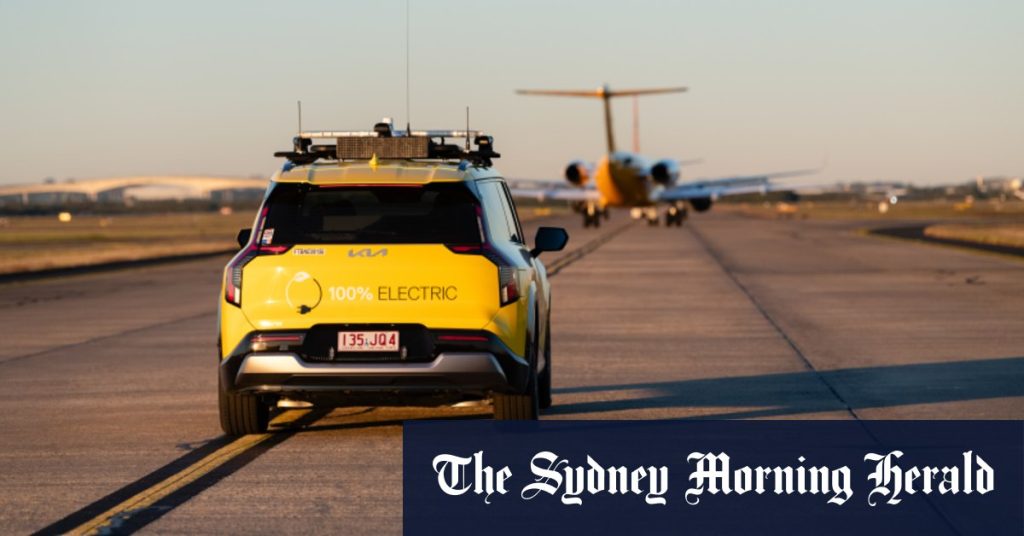Brisbane Airport has reached a significant milestone in its sustainability journey, achieving net-zero emissions for its ground operations. This accomplishment encompasses Scope 1 and Scope 2 emissions, which represent emissions from sources directly owned or controlled by the airport and emissions from consumed energy, respectively. The airport’s transition to 100% renewable electricity signifies a substantial reduction in its environmental footprint and positions it as a leader in sustainable airport operations. However, the airport acknowledges that further efforts are required to address the most significant emission source: aircraft fuel.
The achievement of net-zero for ground operations has been facilitated by a combination of on-site solar power generation and a renewable power purchase agreement (PPA) with Stanwell Corporation. Brisbane Airport boasts a 10MW solar power installation, contributing significantly to its renewable energy needs. Complementing this on-site generation, the PPA with Stanwell Corporation provides up to 185 gigawatt-hours (GWh) of renewable energy annually, sourced from wind and solar farms in regional Queensland. This strategic partnership ensures a consistent supply of clean energy, powering the airport’s diverse operations.
While the transition to renewable electricity for ground operations represents a significant step, the airport recognizes the larger challenge posed by Scope 3 emissions, which include emissions from departing and arriving aircraft. These emissions remain a substantial contributor to the aviation industry’s overall environmental impact. Brisbane Airport is actively engaging in collaborative efforts to address this challenge, including its participation in the Australian Jet Zero Council. This council focuses on developing strategies and technologies to decarbonize the aviation sector.
Furthermore, Brisbane Airport is supporting innovative research and development initiatives aimed at creating more sustainable aviation fuels. The airport is collaborating with Stralis, a company developing a hydrogen-electric aircraft, and is hosting test flights for this promising technology. This commitment to fostering innovation highlights the airport’s proactive approach to finding long-term solutions for reducing aviation’s environmental footprint. By supporting such initiatives, Brisbane Airport is contributing to the development and implementation of cleaner and more sustainable aviation technologies.
Gert-Jan de Graaff, CEO of Brisbane Airport Corporation, acknowledges the significance of achieving net-zero for ground operations but emphasizes that the journey towards a fully sustainable airport is ongoing. He recognizes the critical need to address Scope 3 emissions and underlines the airport’s commitment to collaborating with industry partners to achieve this goal. The airport’s participation in the Australian Jet Zero Council and its support for Stralis’ hydrogen-electric aircraft development demonstrate its commitment to actively pursuing sustainable aviation solutions.
Brisbane Airport’s achievement serves as a model for other airports and industries seeking to reduce their environmental impact. By transitioning to 100% renewable electricity for its ground operations, the airport has demonstrably reduced its carbon footprint. However, the ongoing focus on tackling Scope 3 emissions through research, collaboration, and innovation underscores the airport’s commitment to comprehensive sustainability. This multifaceted approach positions Brisbane Airport as a leader in the pursuit of a greener and more sustainable aviation future.

